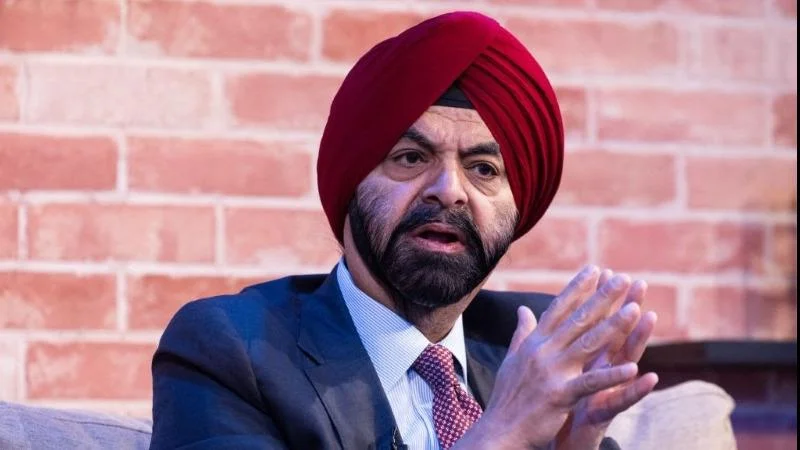Pakistan’s National Socio-Economic Registry (NSER) has become a central tool for identifying and supporting families in need of social protection. Originally developed to serve the Benazir Income Support Program (BISP), the NSER now underpins various social assistance and disaster response initiatives across the country. Since its establishment in 2010, when it included data on 25.5 million families, the registry has expanded to cover 40 million families by 2025.
Exclusion from the NSER means households cannot access many social protection programs or receive support after events such as COVID-19 or floods, which can negatively affect their well-being.
A recent World Bank report titled "Mind the Gap" examines how complete and inclusive the NSER is, especially as Pakistan shifts from broad subsidies to targeted financial aid. The report is based on a nationally representative household survey involving face-to-face interviews with 59,456 households across all four provinces and Islamabad Capital Territory. This data was cross-validated with administrative records from BISP, marking the first independent analysis of social registry coverage.
The report finds that 84 percent of Pakistani households are registered in the NSER—well above the global average of about 41 percent for similar registries. However, gaps remain in reaching certain groups, particularly among poorer households.
One major challenge identified is lack of awareness: nearly half of unregistered households did not know how to register for NSER benefits, and only about a quarter knew how to contact BISP authorities. Location also plays a significant role; for example, exclusion rates are higher in Balochistan compared to Khyber Pakhtunkhwa.
Changes in registration methods have contributed to these challenges. While door-to-door surveys previously helped reach remote areas, since 2021 registration centers have been established in each district instead. Although this allows for on-demand updates and registration, it creates barriers for those living far from centers or unable to travel due to costs or other difficulties.
The process itself can be burdensome: multiple visits may be required at Dynamic Registration Centers with long wait times and additional expenses such as lost wages or transportation costs. Some households also struggle with obtaining necessary identification documents.
To address these issues, experts suggest combining dynamic registration with renewed door-to-door surveys and targeted outreach campaigns aimed at poor and remote communities. Social mobilization efforts could improve awareness about registration processes and encourage more frequent updates.
BISP has responded by introducing mobile vans in regions like Balochistan where registration rates are low and plans further expansion at local levels through Union Council-based centers. Mobile personnel will conduct quarterly reviews to update information more regularly.
Efforts are underway to improve data accuracy through regular training for data collectors, use of digital monitoring tools, and protocols for routine verification intended to ensure integrity and reduce false reporting.
According to the World Bank report: “The ‘Mind the Gap’ report underscores the importance of ensuring coverage for households from the bottom forty percent, recognizing their heightened vulnerability to shocks and the high risk they face of falling into poverty.”
Building on ongoing reforms at BISP, collaboration between agencies could help prioritize marginalized communities while improving data quality and sharing practices needed for effective decision-making.

